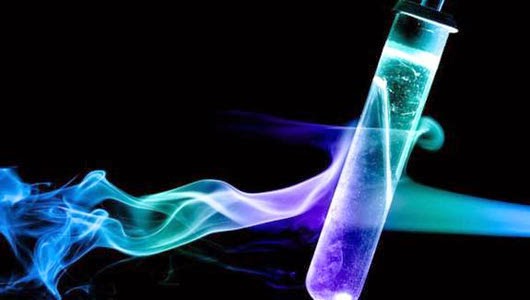Forces That
Can Act on Structures
- Structures constantly experience forces; they must be designed to
withstand the forces they will face (Force: any push or pull)
- If the structure isn’t strong enough it may experience structural
failure.
- If the structure is too strong, time and resources may have been
wasted.
Internal and External Forces
- External force: acts on an object from outside the object; e.g.,
wind, gravity, earthquakes
- Gravity
- is a natural force of attraction
- acts on all structures all the time
- pulls structures towards Earth’s centre
- other external forces
- a person on a ladder
- pulling a drawer open
- sitting on a chair
- cars on a bridge
- Internal force: one part of a structure acting on another part of a
structure; e.g.,
- tension in stretched cables on a bridge
- compression by the weight of a roof on the walls
External Forces and Loads
Every structure supports a load
- Total load: the sum of all the static and dynamic loads
- Static load: the effect of gravity on a structure (the weight of
the structure itself) also called dead load
- Dynamic load: the force that moves or changes while active on the
structure
- Called “dynamic” because they change their magnitude, direction,
and point and plane of application.
- Wind is considered a dynamic load because its magnitude can change
E.g., a
bridge: The static load is the weight of the bridge itself
(dead load).
The dynamic load is the weight of the moving cars
across the bridge (also called live load).
DRAW PICTURE OF TRUCK ON BRIDGE WITH LABELS HERE
Internal Forces
- Can be classified as:
- Compression – a force that squeezes or presses something together
- Tension – a force that stretches apart to expand or lengthen
- Shear – a force that pushes in opposite directions
- Torsion – a force that twists
- Bending – A force that acts to bend a
component putting one side of the part in tension and the opposite side
in compression
